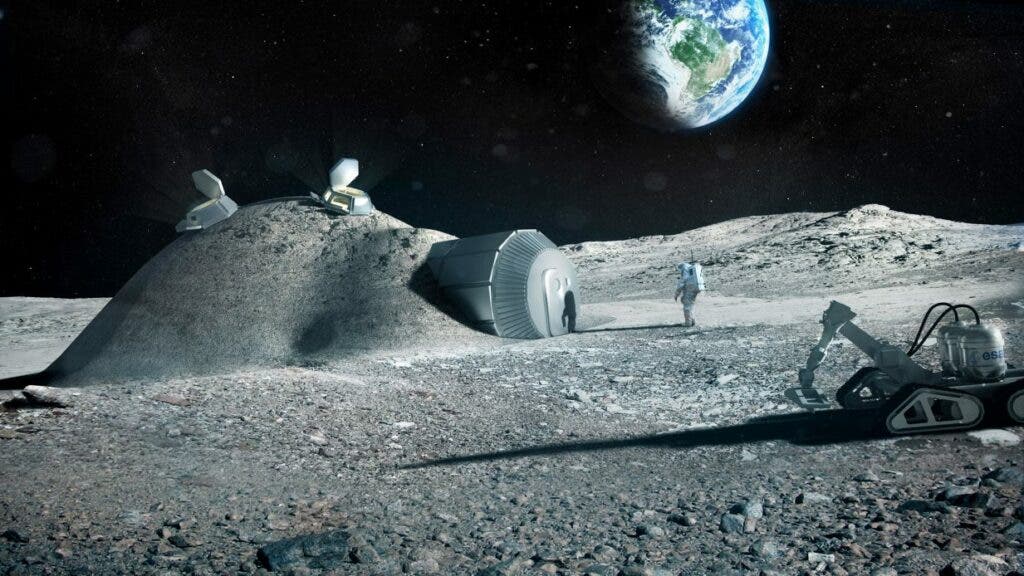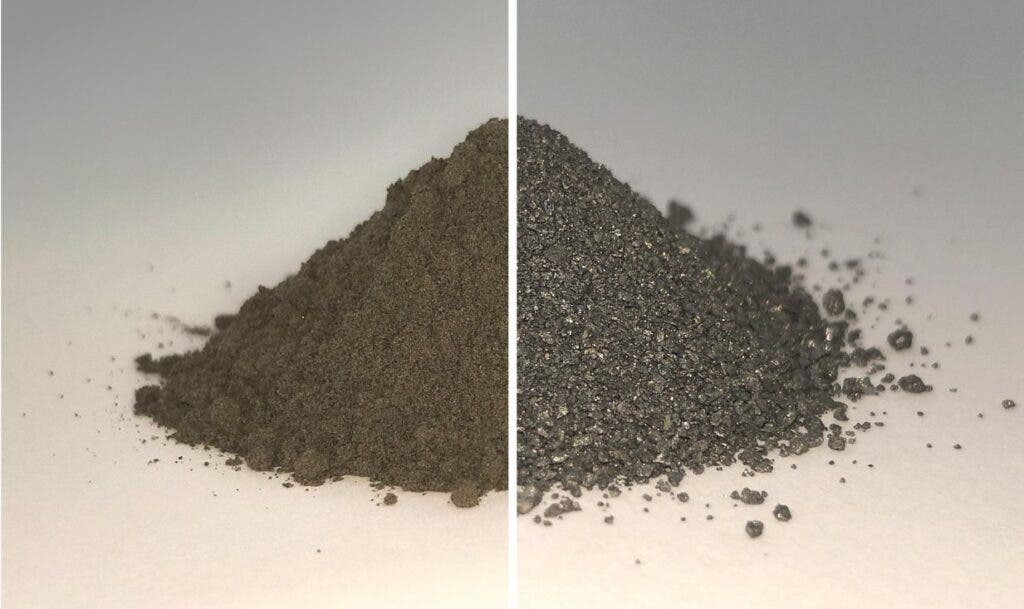Humans haven’t been on the moon for about 50 years, since the Apollo Era. But that’s soon about to change. Several ambitious lunar missions are underway, including the Artemis Gateway in orbit, and even planned bases on the surface of the moon, like NASA’s Artemis Base Camp and the ESA’s International Moon Village.
The logistic challenges for establishing a moonbase are enormous. It’s a completely different endeavor from just sending people there and hauling them back. You need infrastructure, food, water, and even air — and you need to produce many of these things using what’s already on the moon.
The bad news is that there’s not that much on the moon. The good news is that even what little is available can be useful. Case in point: a British company has just won a European Space Agency contract to develop the technology that turns moon dust into oxygen, leaving behind useful elements like aluminium and iron.

The dust has not settled
The practice of extracting oxygen and metals from lunar dust is simple in principle and very challenging in practice. The main idea is that you take oxidated regolith (which is what lunar dust is called) and break it into pure oxygen and other constituents.
Analyses of this rock showed that oxygen makes about 45% of this dust by weight — encouraging if you want to produce breathing air. But actually extracting it is a very challenging job.
In work published one year ago, researchers at the European Space Agency (ESA), the University of Glasgow, and British company Metalysis, showed that it could be done: up to 96% of the oxygen from lunar soil could be extracted through an electrochemical process developed in 1997 by Cambridge researchers. The process, called the ‘FFC Cambridge process‘, typically takes place at over 900 °C.

The gateway to the solar system
The process is already used here on Earth, but it is typically used as a way to extract metal, with the oxygen being discarded and eliminated as a byproduct. Now, ESA has funded Metalysis for 9 months to tweak the process to also trap and store the oxygen. The oxygen can then be used to produce breathable air, as well as rocket propellant, which could be manufactured on the moon. In addition, the de-oxidized metals will also be useful.
“Anything you take from Earth to the moon is an added weight that you don’t want to carry, so if you can make these materials in situ it saves you a lot of time, effort and money,” said Ian Mellor, the managing director of Metalysis, which is based in Sheffield.
Metalysis will also try to perfect the process and make it ‘moon-proof’, and if it goes according to plan, the next step will be to demonstrate it on the moon. They have 9 months to get to this point.
Mark Symes, one of the researchers working on the process at the University of Glasgow, said moon rock represents “an enormous potential source of oxygen” which could support exploration not only on the moon, but even further in the solar system.
“Oxygen is useful not only for astronauts to breathe, but also as an oxidizer in rocket propulsion systems,” he said. “There is no free oxygen on the moon, so astronauts would have to take all their own oxygen with them to the moon, for life support and to enable their return journey, and this adds considerably to the weight and hence expanse of rocket launches bound for the moon.”
So far, our farthest exploration station has been the International Space Station — which is impressive enough. But building a moon base could serve as a gateway to the rest of the solar system, allowing us to venture even farther away from Earth. For now, the first thing to do is to see how we can produce oxygen on the moon. For now, it all hinges on dust.









